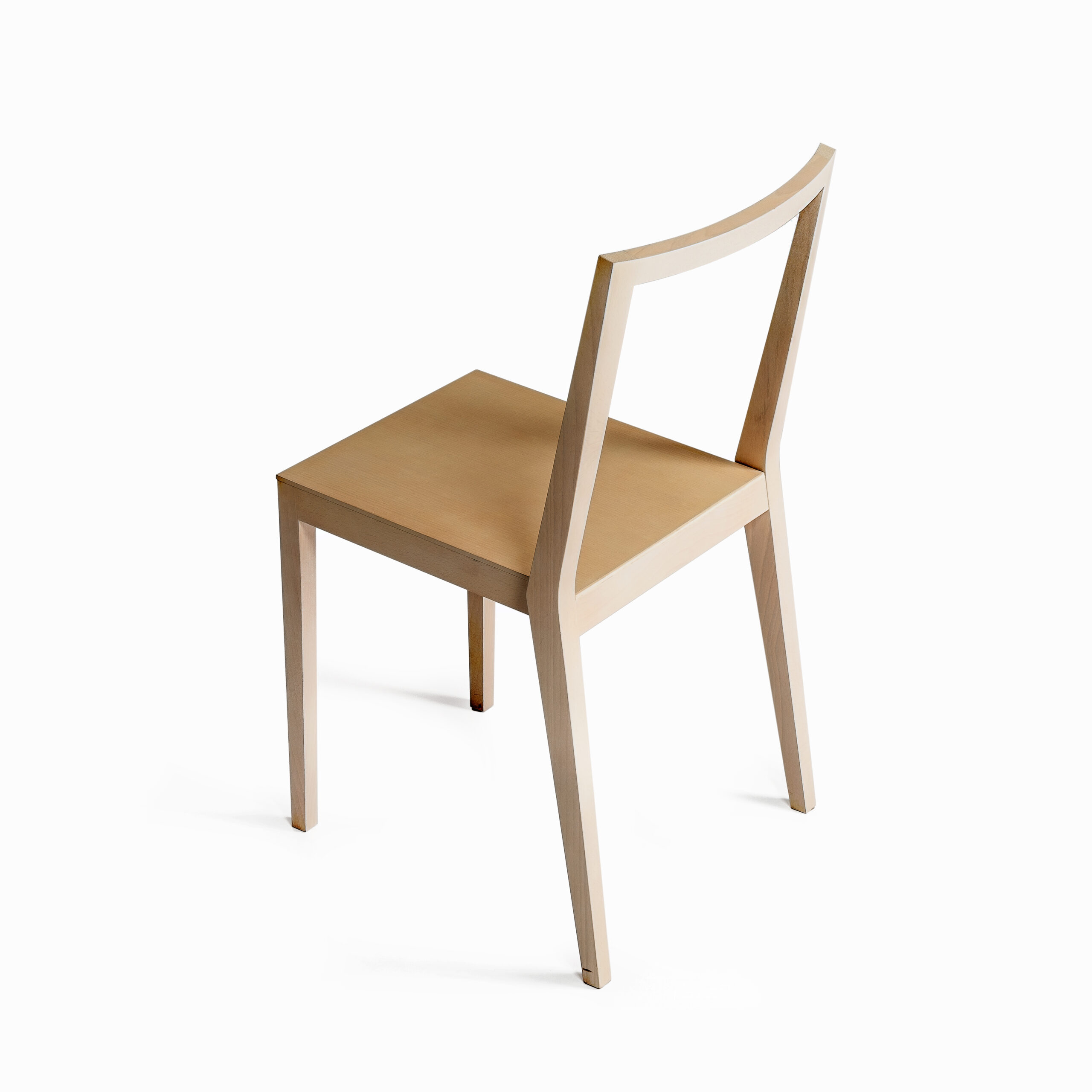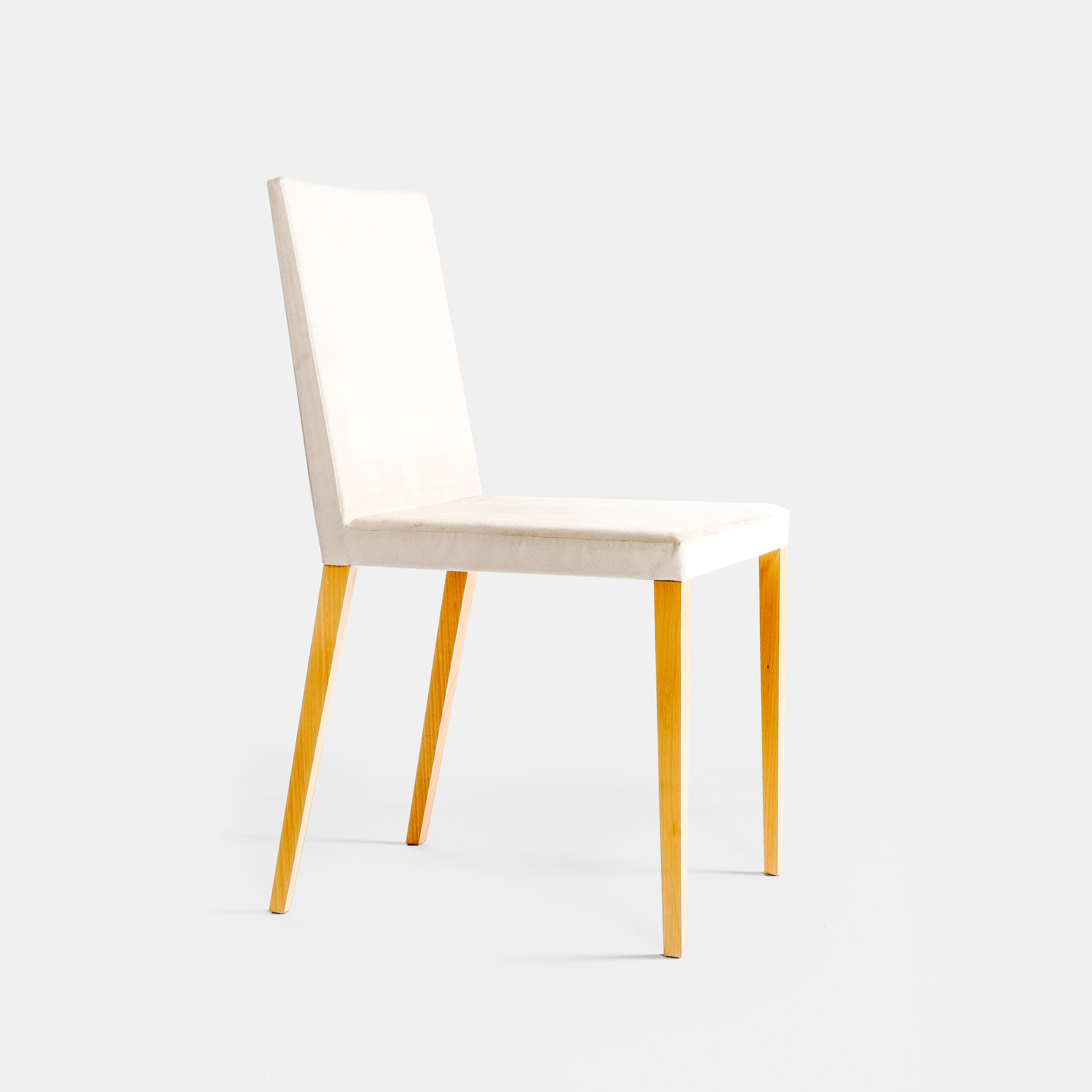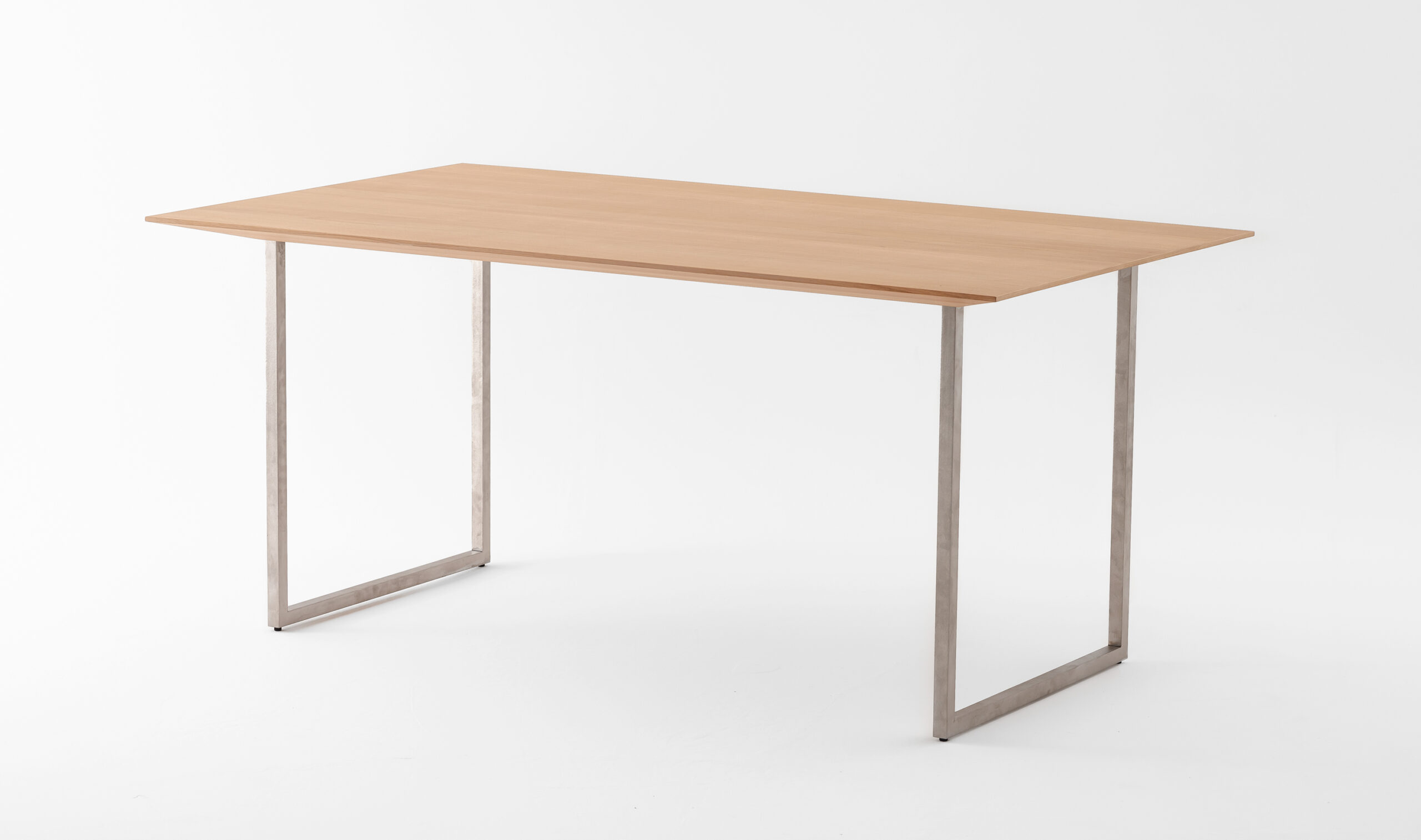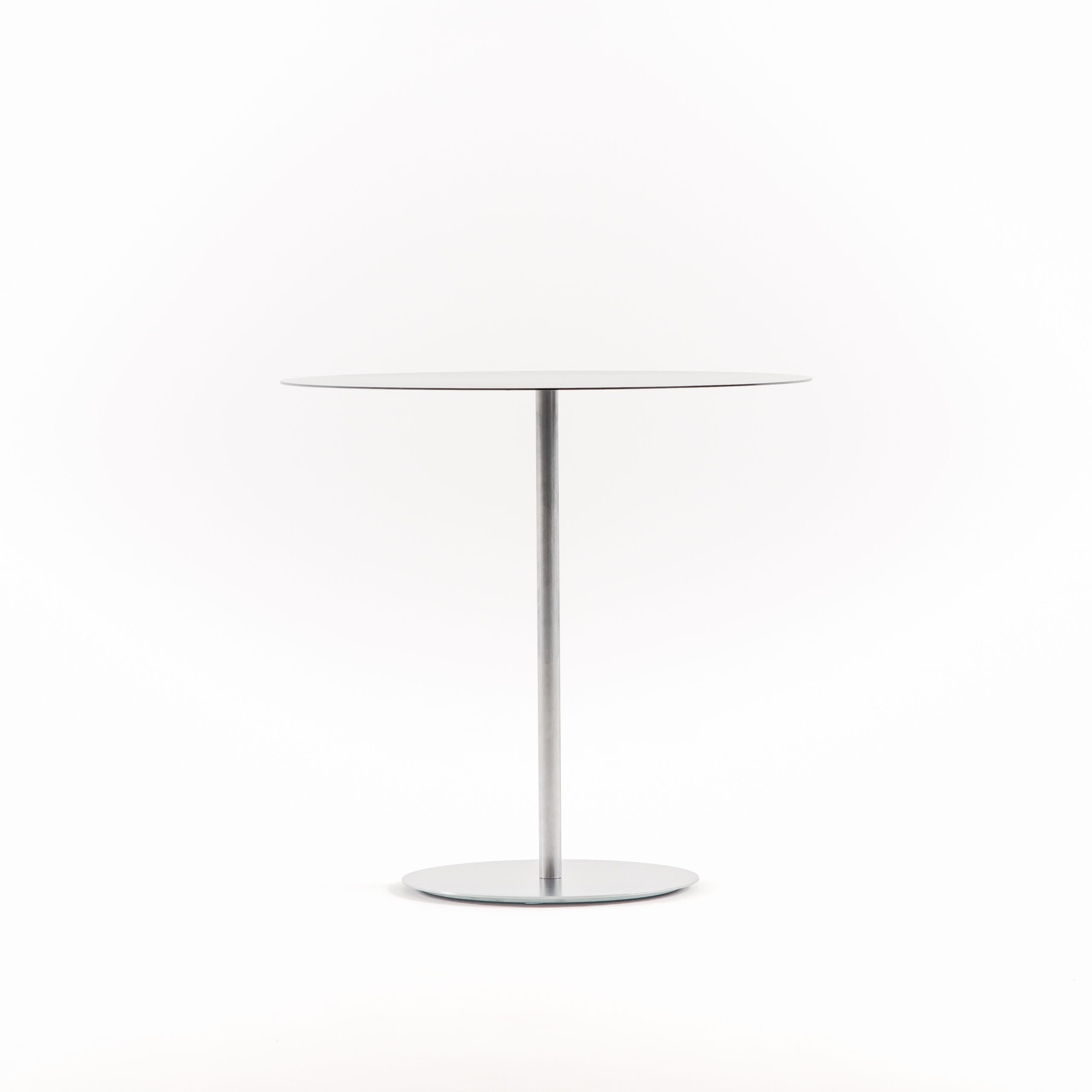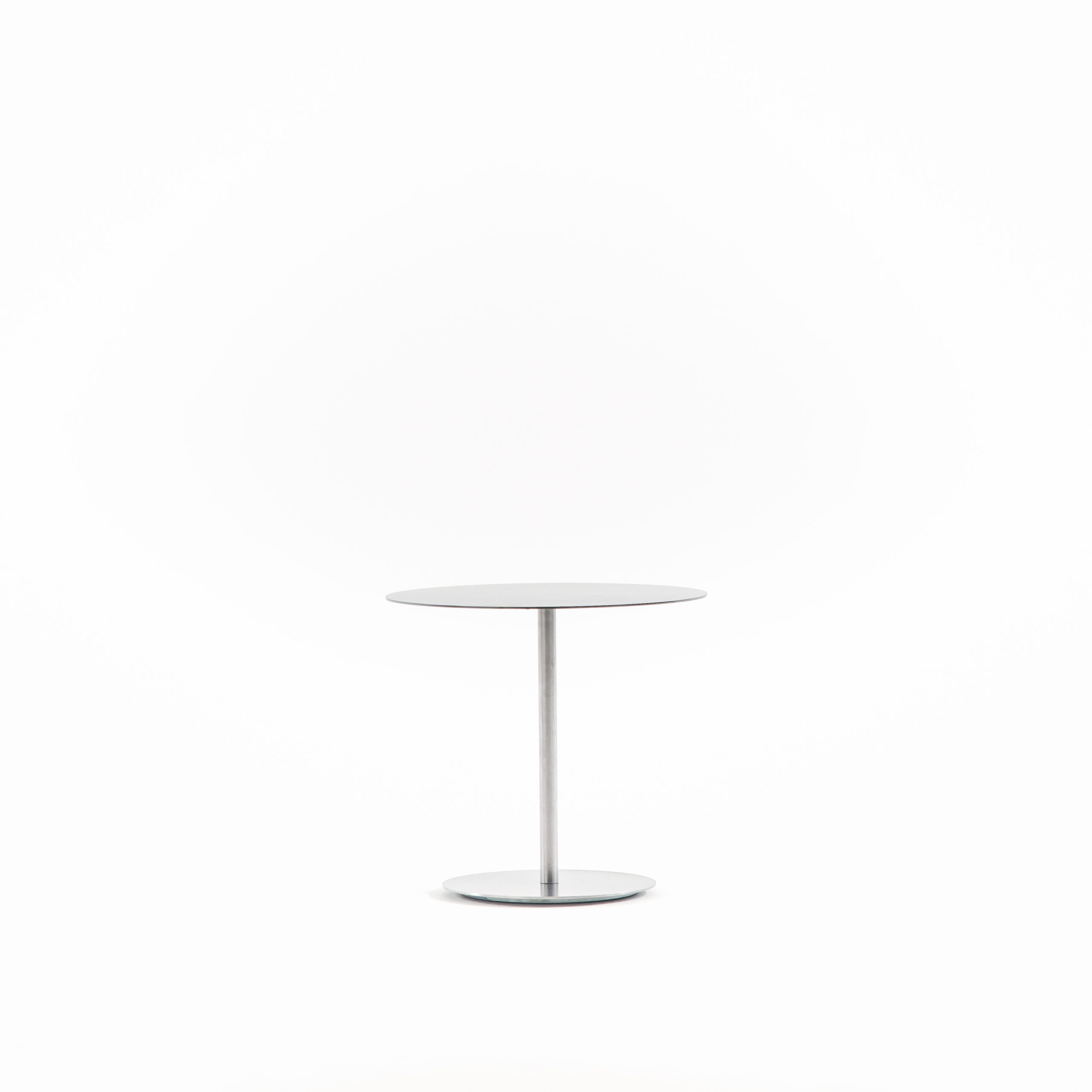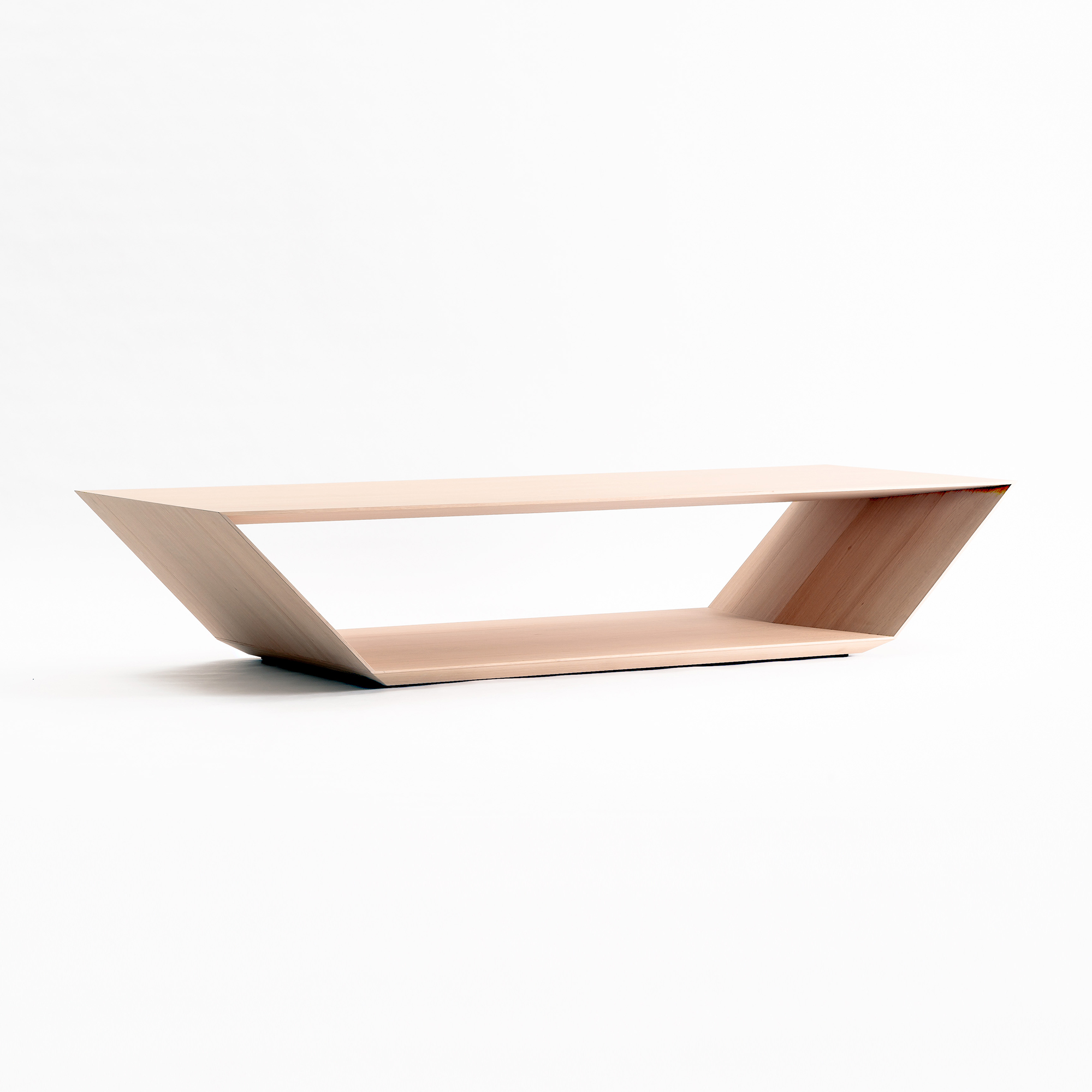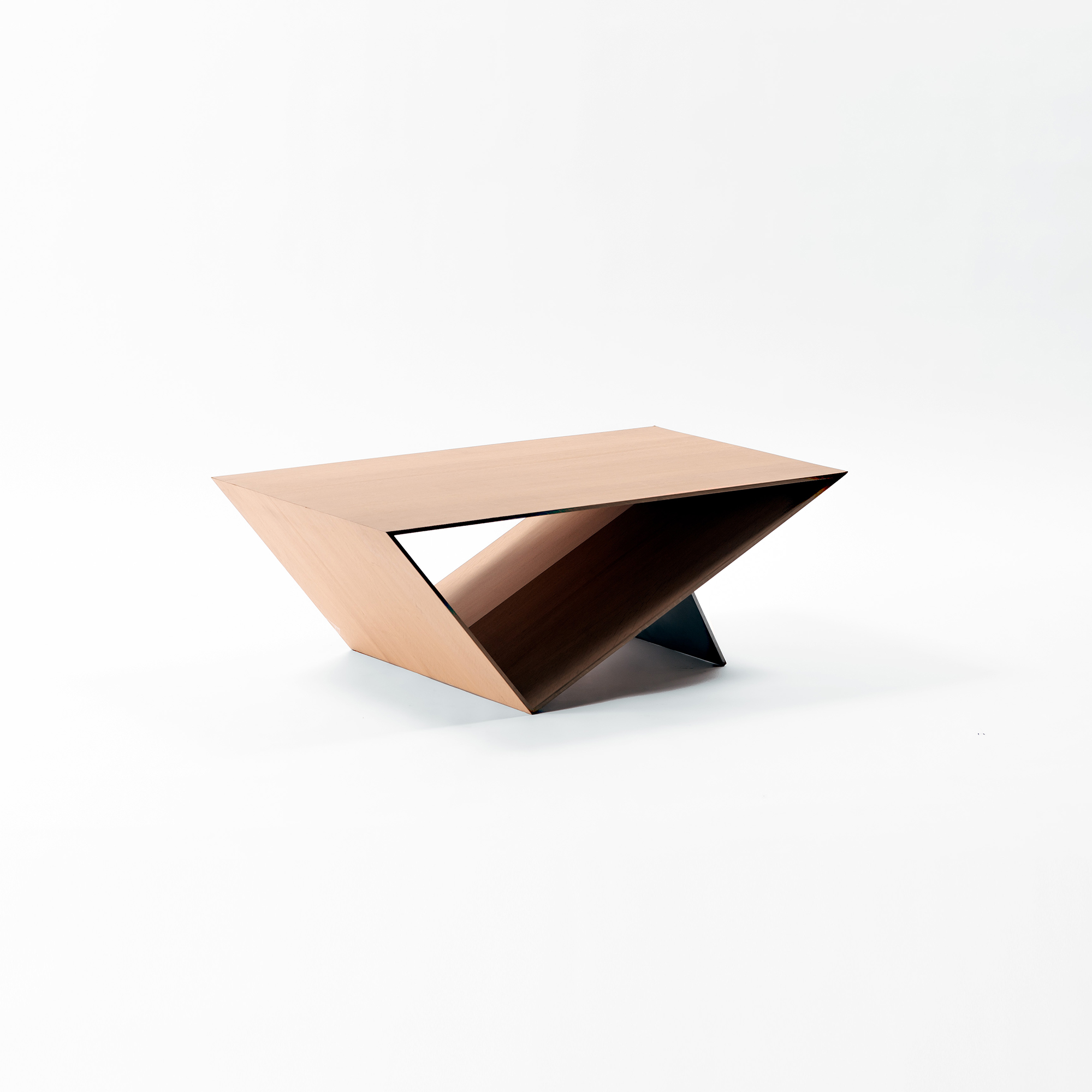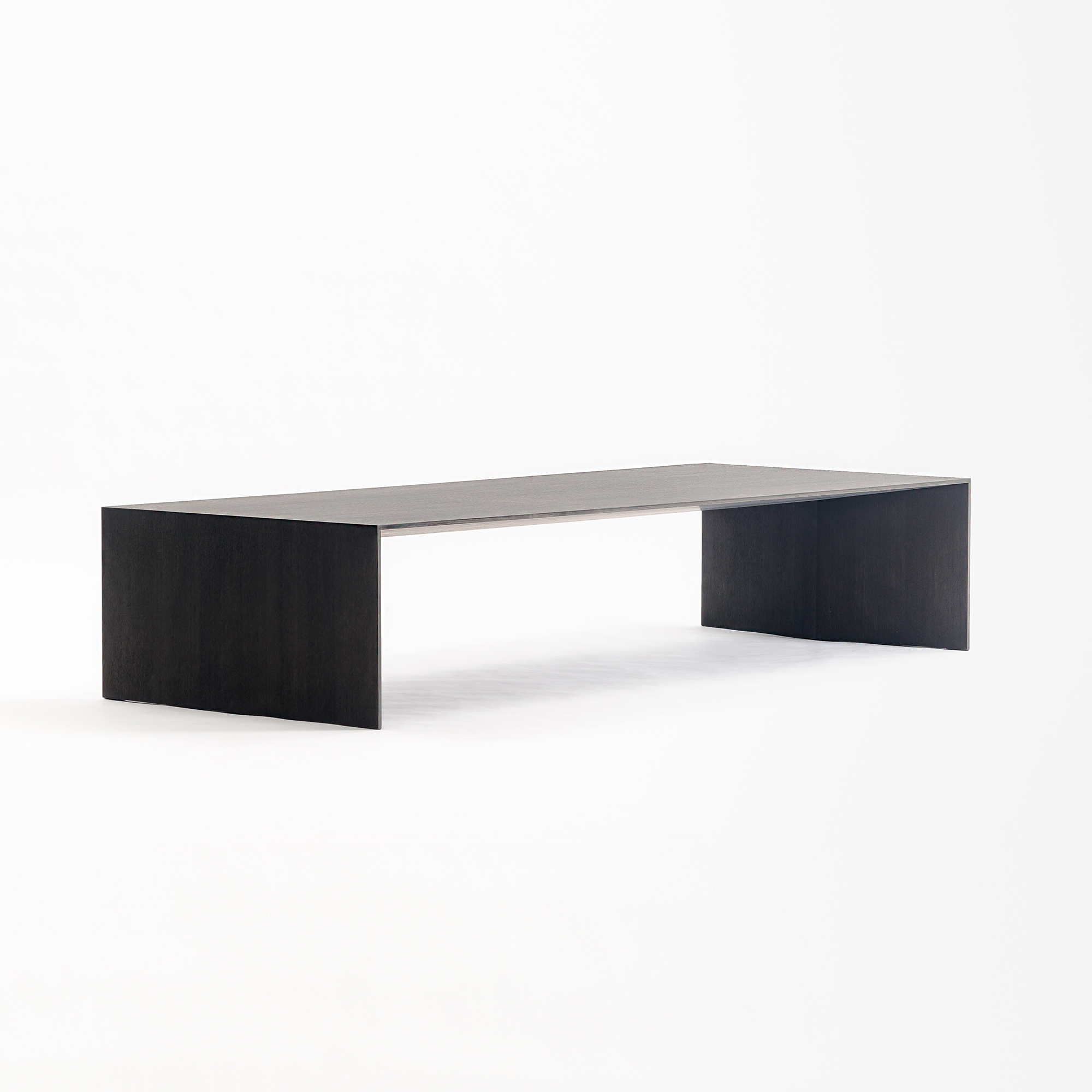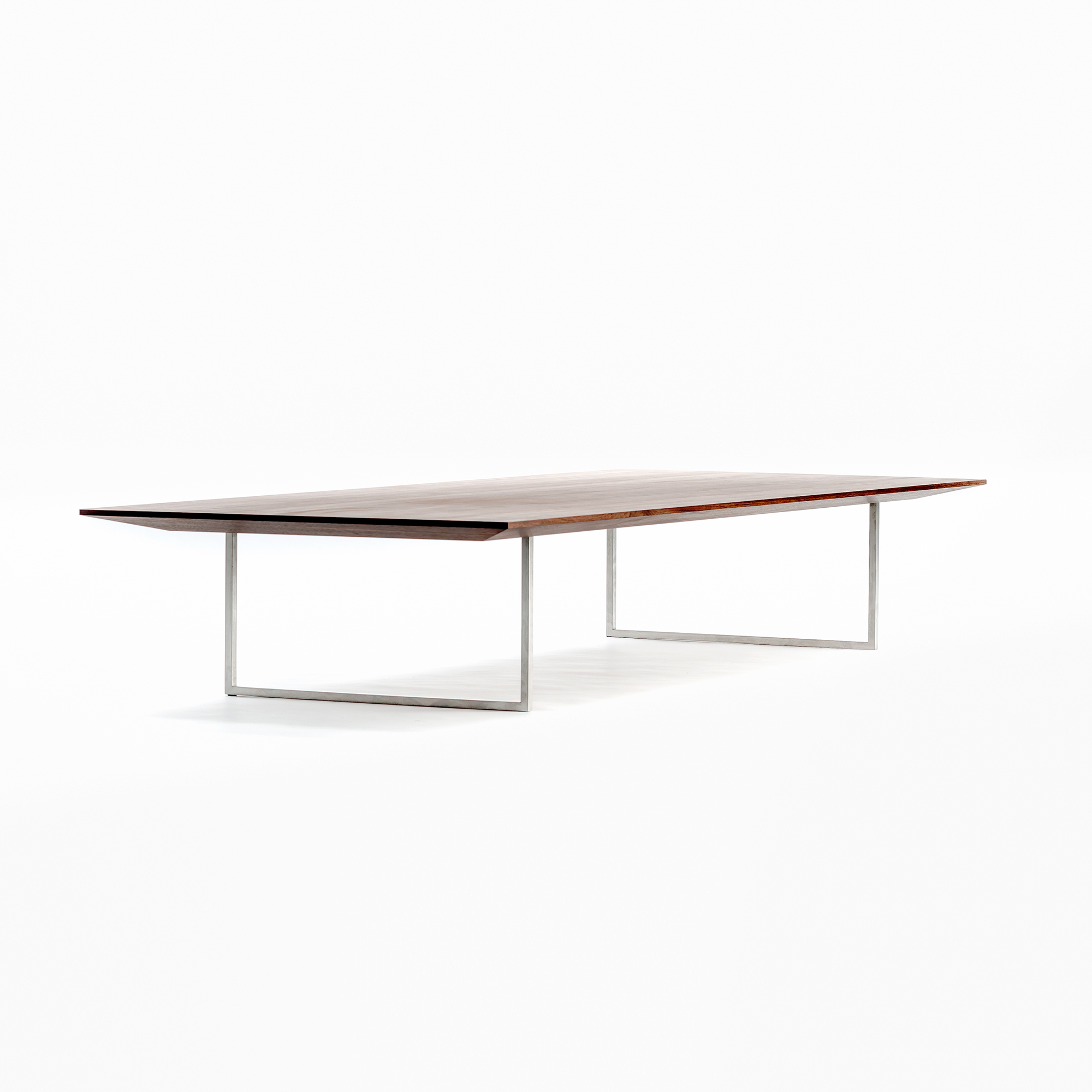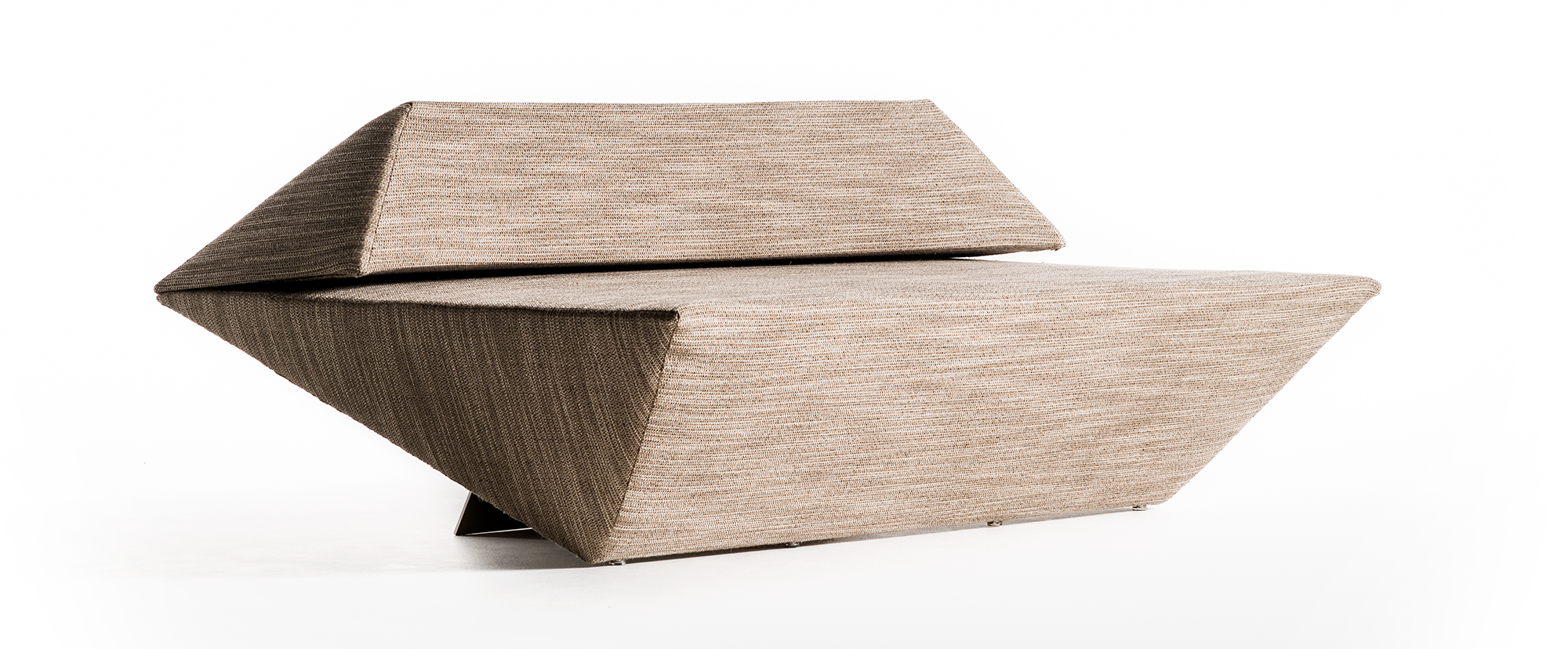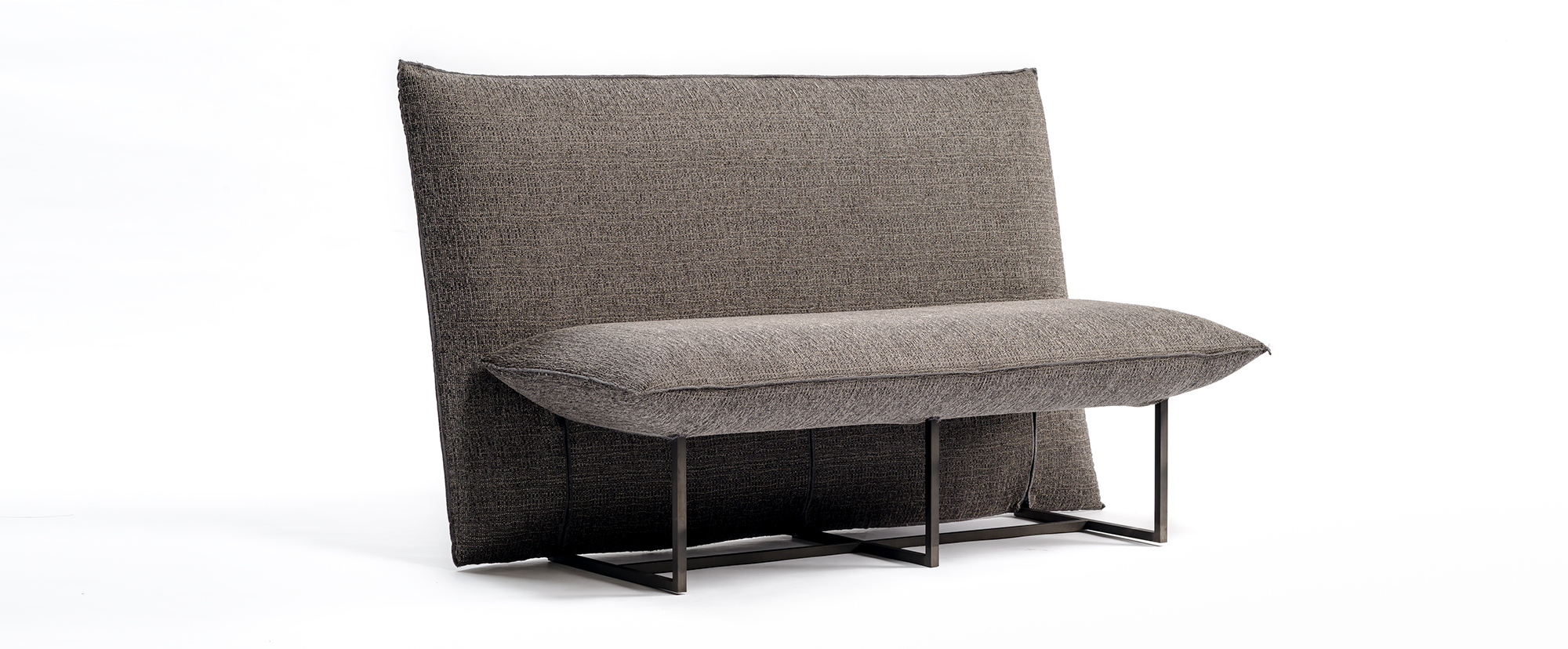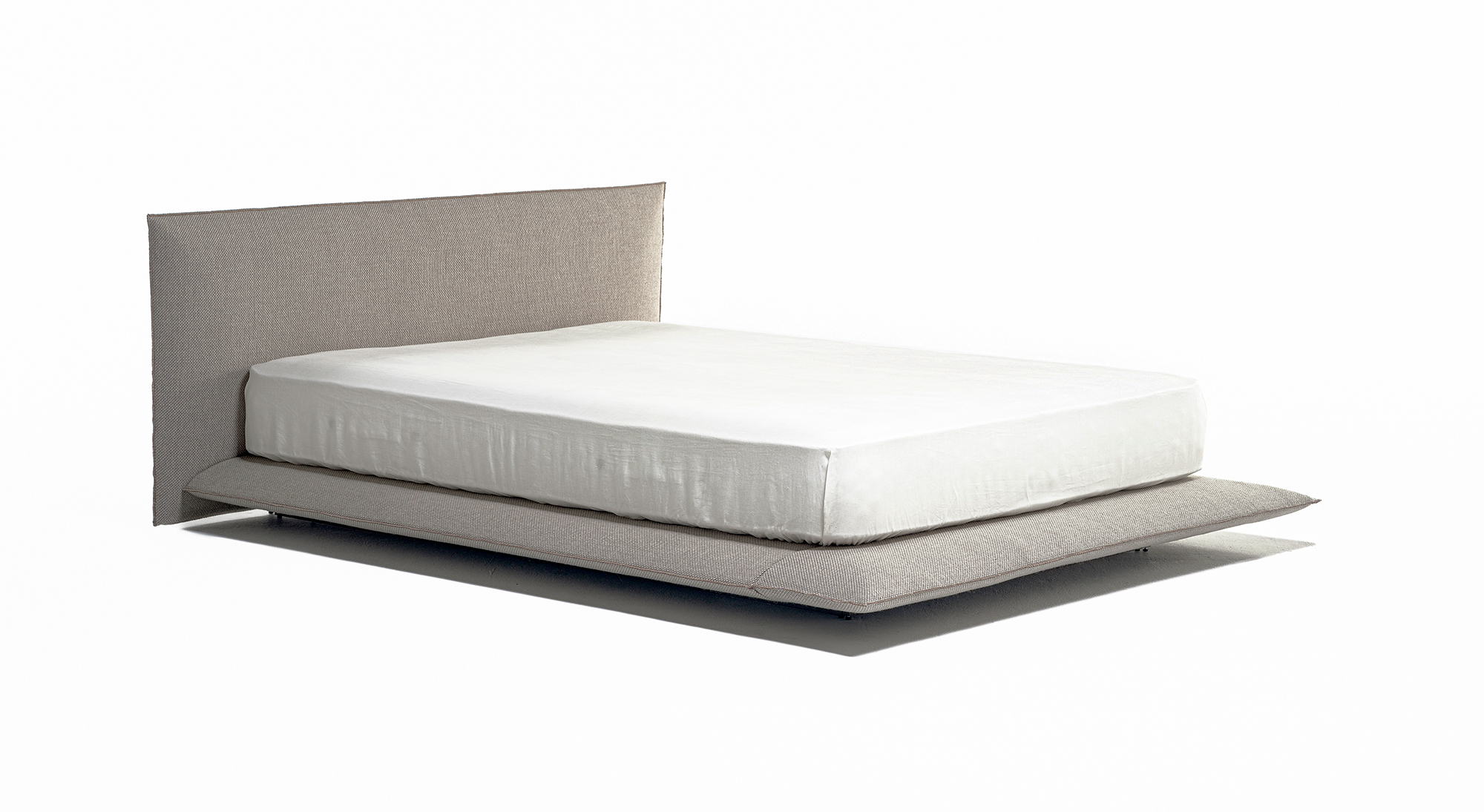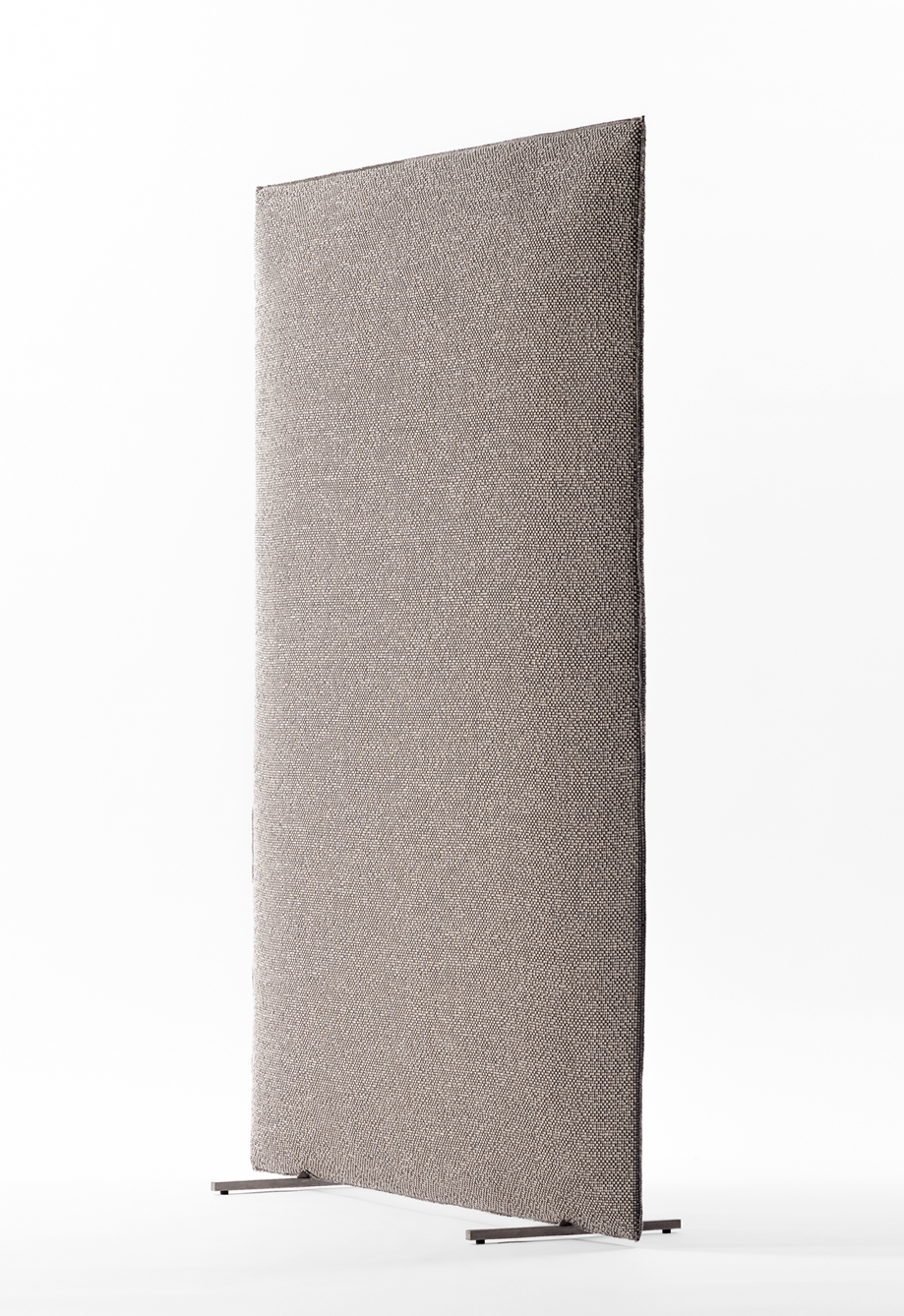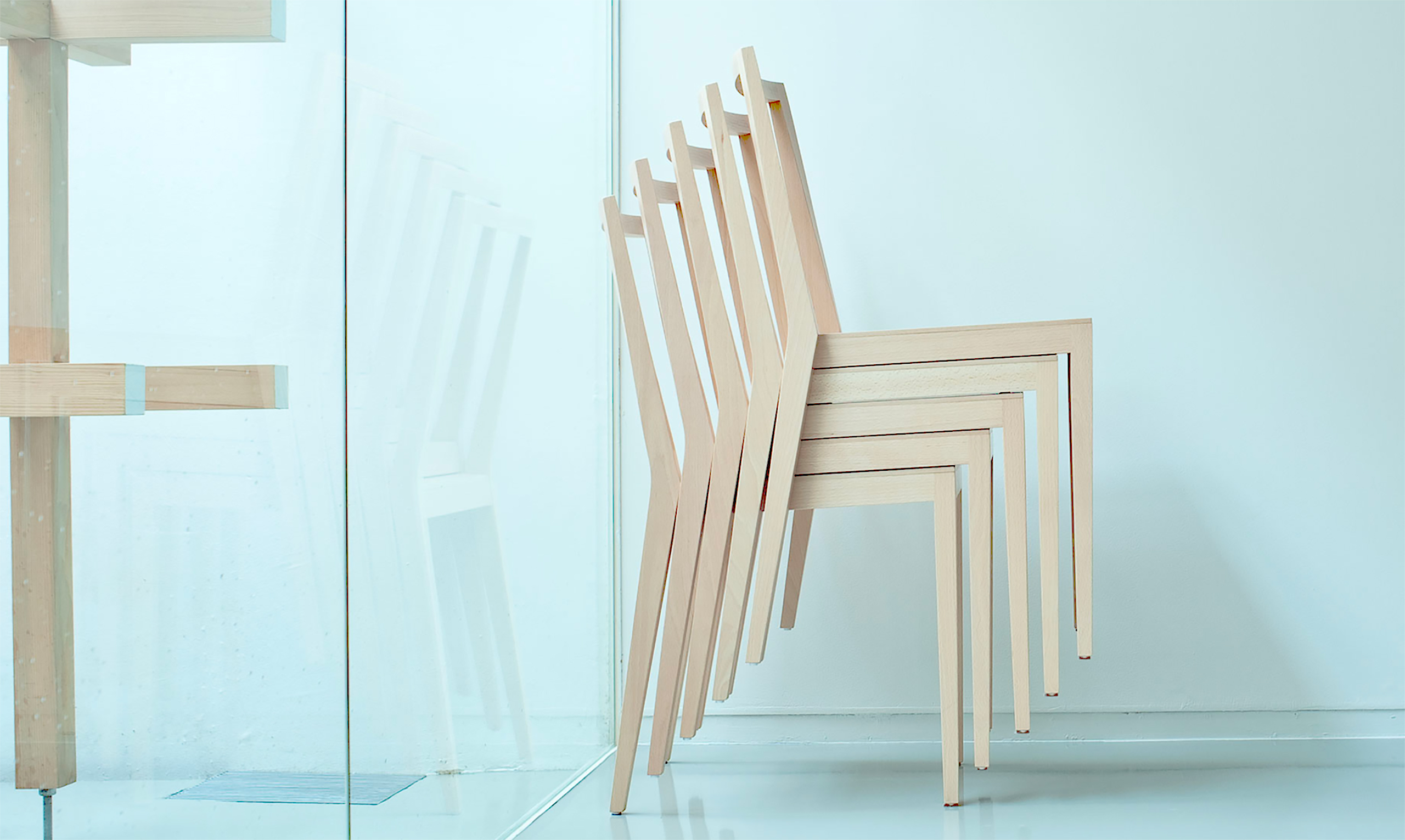
Kengo Kuma collection
The lightness like winds flowing
Kengo Kuma
Furniture does not have much of a presence within traditional Japanese architecture. In the Western world, furniture frequently plays the starring role, but in contrast, Japanese furniture is extremely understated. It was long thought that this understatement was related to the traditional Japanese practice of sitting directly on tatami matting. Since Japanese people traditionally sat either directly on tatami matting or on thin cushions called zabuton, chairs were not necessary to begin with. The tables used for meals were mainly small, single-person tray-like tables called meimeizen. These tables were more an extension of trays than actual furniture and were extremely delicate.
I believe that this uniquely Japanese stance towards furniture is, in fact, not due solely to the traditional practice of sitting on the floor; rather, it also stems from the transparent nature of traditional Japanese architecture. In Japan, heavy walls are abhorred; roofs are supported by slim pillars underneath which spreads a transparent single-room space. In traditional houses, walls do not separate the interior from the exterior; rather, there are only paper-covered sliding windows called shoji, and these were often left open. Similarly, the partitions between rooms walls are avoided and thin sliding doors are used in their stead to separate spaces. Bringing large furniture with a strong presence into transparent spaces such as these would ruin the carefully crafted transparency and excellent ventilation. Based on this thinking, Japanese people have traditionally sought sophisticated designs that minimize the size of furniture and create pieces that are as delicate as possible.
My objective is to design modern furniture as an extension of these innovations in traditional Japanese furniture that have been honed over the centuries. This is because I believe that people today need furniture of this nature and modern transparent spaces. Specifically, I glean many hints from zabuton. The basis for zabuton is sewing two pieces of cloth together and then placing a thin cushion inside, and the edge is narrow, like a fine line. This edge design enables the zabuton to merge with the space, allowing air to flow over it. In the same way, I also want tables and chairs to be light and delicate like meimeizen. Such elegant pieces are content to play a supporting role and never attempt to steal the spotlight. The starring roles are performed by our human bodies or by the food or drinks we place on the table. To respect and complement these living entities, I want furniture to be as understated as possible.
風通しの良い家具
隈 研吾
日本の伝統建築の中では、家具があまり存在しない。西洋の世界では、家具はしばしば主役のようにふるまう。しかし、日本では、対照的に、家具はきわめて控え目である。それは畳の上に直接座るという生活様式と関連していると考えられてきた。畳の上に直接座るか、座布団と呼ばれる薄いマットを敷いて座るかなので、まず椅子というものはいらない。食事をするテーブルも、銘々膳と呼ばれる一人用の小さなテーブルを使うことが基本であった。これも家具というよりは、お盆の延長といった感じのもので、きわめて華奢なものであった。
家具に対する、この日本の独特のスタンスは、床に座るというライフスタイルだけから来る訳ではなく、日本の伝統建築の透明性にも由来すると僕は考えている。日本では、重たい壁は嫌われ、細い柱で屋根を支え、その下には透明な一室空間が広がっていた。内部と外部の境界にも壁はなく、薄い紙をはった障子と呼ばれる、スライド式の窓があるだけで、これも開け放して使われることが多かった。部屋と部屋とのしきりも、壁は避けられ、同じように薄い引き戸でかろうじて仕切られていた。このような透明な空間の中に、大きくて、存在感のある家具がくると、せっかくの透明感、風通しのよさが台無しになる。そう考えて日本人は、家具を最小限の大きさとし、また、可能な限り繊細なものようにしようと、デザインの洗練を求めてきたのである。
その日本で積み重ねられてきた努力の延長線上に、僕は現代家具をデザインしようと考えている。そのような性格の家具と、現代の透明な空間が必要としていると考えるからである。具体的にいえば、座布団から多くのヒントを得ている。2枚の布をぬいあわせ、その中に薄いクッションをいれるのが座布団の基本で、そのエッジは、薄くて、細い線のようである。そのエッジのデザインによって、座布団は空間の中に溶け込み、その上を風が通り抜けていく。同じように、椅子もテーブルも、銘々膳のように軽く、繊細でありたいと、僕は考える。その華奢なものは、脇役になってくれて、でしゃばることがない。主役となるのは僕らの身体であり、あるいは台の上に置かれる食べ物や飲み物である。それらの生きた物をリスペクトし、ひきたてるために、家具は可能な限りひかえめでありたいと考えるのである。
© Copyright PRESTIGE JAPAN INC. ALL rights reserved.
